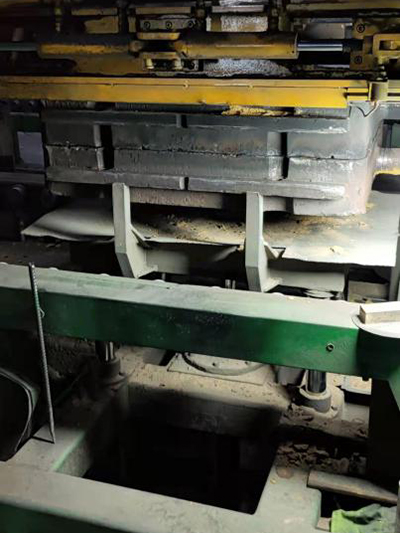The History of Sand Casting An Ancient Technique with Modern Applications
Sand casting, one of the oldest and most versatile metal casting processes, has a rich history that dates back thousands of years. This historical technique has evolved significantly, yet its fundamental principles remain largely unchanged. From its origins in ancient civilizations to its role in modern manufacturing, sand casting has played a critical role in shaping the metalworking industry.
Early Beginnings
The roots of sand casting can be traced back to ancient cultures such as the Egyptians, Chinese, and Greeks. Archaeological evidence suggests that the Egyptians were utilizing molds made from sand to cast bronze and copper around 3000 BC. They employed fine sand mixed with clay and water to create molds, which were then dried and used for metal pouring. Similarly, the Chinese developed their cast-metal techniques around the same time, producing intricate bronze artifacts that showcased their advanced understanding of metallurgy.
As civilizations progressed, so did the complexity of their metal casting methods. By the time of the Roman Empire, sand casting had become commonplace for producing military equipment, tools, and decorative items. The Romans utilized a variety of materials for molds, including finer sands and clay, allowing for intricate designs and an expanding range of applications.
The Industrial Revolution
The Industrial Revolution in the 18th and 19th centuries marked a significant turning point for sand casting. As demand for cast metal products surged, advancements in technology led to improved casting techniques. The introduction of steam power and mechanization increased production capacities, allowing foundries to operate at unprecedented scales. This era saw the rise of large foundries that could efficiently produce iron and steel components for various industries, including railways, shipbuilding, and construction.
sand casting history

One of the critical advancements during this period was the introduction of the “Green Sand” process. Green sand is a mixture of sand, clay, and water, which provides excellent mold-making capabilities while retaining the necessary flexibility and strength during pouring. This innovation simplified the casting process and made it more accessible for a broader range of applications.
Modern Developments
Into the 20th century and beyond, sand casting continued to undergo refinement and development. With the advent of new materials and technologies, processes such as “Lost Foam” and “Shell Molding” evolved, showcasing the adaptability of sand casting in newer contexts. These methods improved precision, surface finish, and reduced the overall production cost of metal parts.
Today, sand casting is widely used in industries ranging from automotive to aerospace, and it is particularly valued for its ability to produce large and complex parts that would otherwise be difficult to manufacture using other casting methods. Innovations in computer-aided design (CAD) and manufacturing (CAM) have further enhanced the capabilities of sand casting, allowing for intricate designs and reduced lead times.
Moreover, the sustainability of sand casting processes has become a focal point in recent years. Foundries are actively seeking to minimize waste and reuse materials to lessen their environmental impact. The recycling of sand and the use of eco-friendly binders and coatings have gained traction, ensuring that sand casting remains relevant and responsible in a rapidly changing industrial landscape.
Conclusion
The history of sand casting is a testament to human ingenuity and the continuous quest for improvement. From its ancient origins to its modern applications, this versatile technique has proven vital in meeting the evolving needs of society. As industries continue to innovate, sand casting will undoubtedly adapt and thrive, playing a crucial role in the future of manufacturing. Whether it's creating complex automotive components or intricate sculptures, sand casting remains an enduring and indispensable part of our technological heritage.
Post time:нов . 15, 2024 07:33
Next:how to sand a 3d print
